 1 / 18
1 / 18

 1 / 18
1 / 18

Nilgün Şensoy, one of the leading experts in her field with an immense knowledge and passion for antiques and traditional Turkish art, is a collector with Sultan’s edicts, Seljuk works, calligraphy plates, Korans, classic and contemporary paintings, silver objects with Sultan’s signatures, Chinese porcelains and Ottoman embroidery. She combined her enthusiasm that emerged at a very young age with the education programs she attended, building an academia-oriented collection whose every detail is in her domain of knowledge. Since 1991 she has been organizing various art activities at Nilgün Şensoy Culture and Art Center, alongside offering art consulting services to individuals and companies. She is also an instructor as the MSGÜ Department of Traditional Turkish Art. We talked to her about her passion for antiques, and how this was reflected in her career and her collection.
How did you start collecting? Does it run in the family?
I started collecting silk napkins when I was at the elementary school. Then I also collected stamps and opaline objects. The first artwork I acquired was an edict by Sultan Beyazid II. I bought it by selling the collections I made in my youth. Up to now I have been collecting Sultan’s edicts, Seljuk works, calligraphy plates, Korans, classic and contemporary paintings, silver objects with Sultan’s signatures, Chinese porcelains and Ottoman embroidery. I grew up surrounded by art with my father Hamdi Şensoy who was a Professor at MSGÜ, and my older brother H. Sinan Şensoy who is a graduate of Industrial Design and Interior Architecture at the same university. My father was my greatest teacher in life. I took a lot of knowledge from him not only in art but also in natural sciences and physics. Books are sacred for us. Every time I met my father he handed me the book of a famous painter and said: “even if you don’t read it, shuffle its pages, your brain will save the information and use it whenever you need it”. Antiques began to draw my attention at the age of 13. Some family members’ and relatives’ interest also had an impact on my passion.
Can you talk about your educational background?
After Saint Benoit I attended Mimar Sinan University Department of Traditional Turkish Art. I was trained in calligraphy, illuminating manuscripts, tiles, bookbinding, kilim and tapestry. Thanks to my interest in Turkish tapestry weaving, I completed my graduate education on kilim at the Department of Tapestry, Kilim and Weaving in 1987 with exceptional academic success. As a passion triggered during my education, I made two books in the same year, Turkish Weaving Arts I and II, after I did a book on Konya Region Weaving Samples in 1983 and Aegean Weaving Samples in 1985. I had two professors with a great impact on me as I entered the academy. Prof. Devrim Erbil, a man full of affection, even his paintings are enough to give you inner peace; and Prof. Sabri Berkel, with his discipline and life philosophy.
It is necessary to give more support to all the branches and artists of Turkish art, to increase economic and social opportunities and to encourage these artists to participate to international exhibitions and art fair to open up their horizons.
How did you decide to pursue your own path and not continue with your family business? What kind of exhibitions did you organize since then?
While I studied calligraphy in 1981 I started collecting calligraphy and edicts. In 1990 while I was a Board Member at Matusan Mining and Stone Products Company I developed these collections further. In 1993 I opened my first solo exhibition “A Section from the Ottoman Sultan Edicts” at Kile Art Gallery. In 1994 – 1995 I exhibited a portion of my collections at the Antique Decoration Fair organized by KÜSAV. I realized my exhibitions “History, Art and Life” and “Ottoman Calligraphy” at Alay Köşkü in 1995 and 1996 respectively. In 1998 I did a show on Calligraphy, Edicts and Etchings at A Turkuaz Art Gallery and in 1999 I opened an exhibition at Salon Paris with a selection from my collections, as part of the events taking place around the 700th Anniversary of the Foundation of the Ottoman Empire. In 2000 I had an exhibition on Ottoman Calligraphy at the Austrian Consulate.
What kind of pieces do you have in your collection? How do you conserve them?
Thanks to my educational background I am interested in all subcategories of traditional Turkish art. Calligraphies, hilyas and Korans are the highlights of my collection. Moreover, I am very interested in and collect Bleu Blancs, Bleu Poudres and Celadons, as items that have a very important place in Middle Eastern art. French, British and Art Deco furniture items, mirrors and 18th century porcelain and silver items are also in my field of interest.
How do you decide your acquisitions?
Paintings by Orientalist Painters known as the Bosphorus Painters who visited Istanbul; key examples of Turkish Calligraphy that built their own schools, particularly the hilya-i şerifs and Korans they wrote. Internationally, works specifically made for the Ottoman Palace and the Dynasty pieces.
In Ottoman works I prefer pieces made by important artists produced for the Palace circles. My primary criteria are high artistic level and provenance.
In furniture, I collect 18th century designs with an original signature. I also collect unique and extraordinary Ottoman furniture art examples known as Edirnekâri.
In jewelry I prefer items made by palace artisans for the Ottoman Dynasty and 18th century Raja items, Adler and Grisogono designs, and contemporary designs by Sevan Bıçakçı and Hande Kunaçav.
Unfortunately, distinguished examples of Turkish art are taken abroad. What can be done to keep them here?
As you may know, it is forbidden to take the archaeological and Ottoman works abroad. The fact that the young talents at MSGÜ are not given enough opportunities deeply moves me. It is necessary to give more support to all the branches and artists of Turkish art, to increase economic and social opportunities, and to encourage these artists to participate to international exhibitions and art fair to open up their horizons.
Up to now I came across 15 forgeries. Some were works by Picasso and Matisse and they were so professionally made they even had cold stamp on them. To avoid forgery, one should work with true experts in the field.
Can anyone visit your collection? Who do you share it with?
My collection is visited by museum owners, collectors, and specialists from the field. My entire inventory is registered with the Museum of Islamic Arts and I do not think of selling my collection as I already donated a portion of it to this museum.
Which collections and museums do you follow closely?
In antiques I generally follow Grosvenor and Olympia in the UK, and I visit art fairs and exhibitions in Abu Dhabi in the UAE. I love the museums Victoria and Albert, Louvre, MoMA, Hermitage, Guggenheim, Prado and Pergamon. In Turkey, Islamic Arts, Archaeology, Ephesus, Sabancı and Sadberk Hanım Museums are some of my favorites.
What are your criteria for buying? Do you have consultants?
I usually buy the Ottoman calligraphy works from Turkish collectors or old ottoman families. I collect classic and Modern paintings both here and abroad. I buy Islamic art, Seljuk art and furniture from the internationally renowned auction houses, Christie’s, Bonhams, Sotheby’s, Tajan and Phillips. In Chinese porcelain, silver and tombac I always consult our committee of experts we created among ourselves.
How can we distinguish a forgery from an original?
Anything can be forged, this is not only widespread in our country but in the entire world. Consequently, so far I came across many forged tombacs, Seljuk items and edicts. I love the saying “the stone weighs most at its original place”. As Ottoman works usually belong to us we have the chance of meeting experienced experts in the field. Many forged Ottoman works were identified in numerous international auction houses before the auction meeting and removed from the list in advance. I also read on the newspaper about forged paintings of globally renowned painters. Up to now I came across 15 forgeries. Some were works by Picasso and Matisse and they were so professionally made they even had cold stamp on them. To avoid forgery, one should work with true experts in the field.
Any recommendations for beginner/collectors?
People think collecting is simple. To become a good collector, for instance if you are interested in a painter like Sabri Berkel, you must collect the best examples of his various experiments, starting from his chiaroscuro drawings as a student. The main issue is not quantity; it is quality. You also must make sure your works are properly restored and conserved under the right conditions.
This interview is conducted by Yasemin Elçi on behalf of Art50.net for TEB Private.



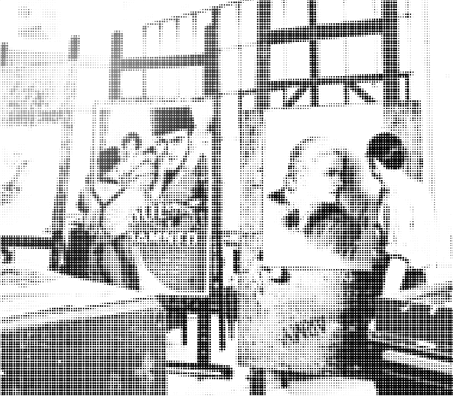



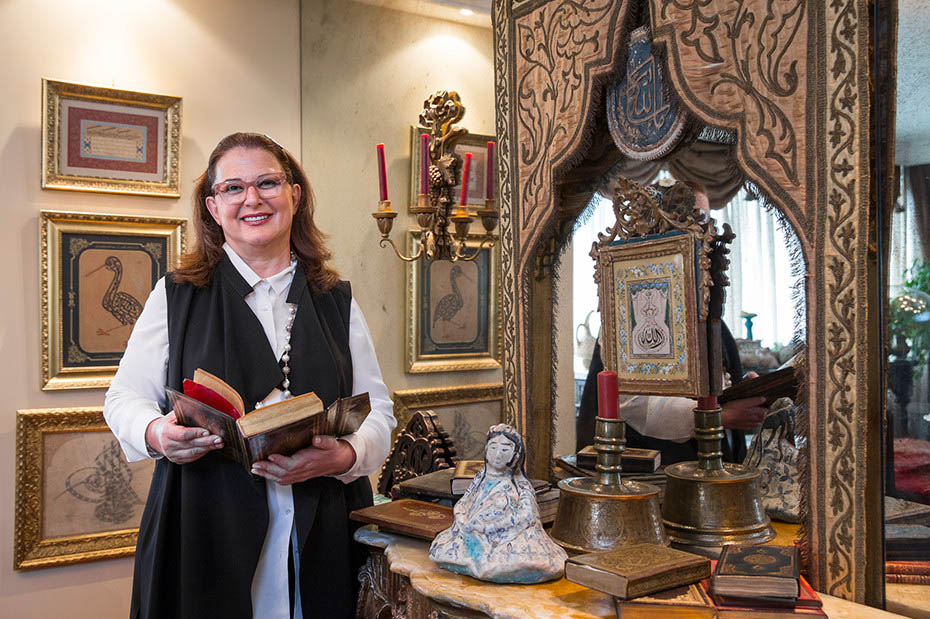
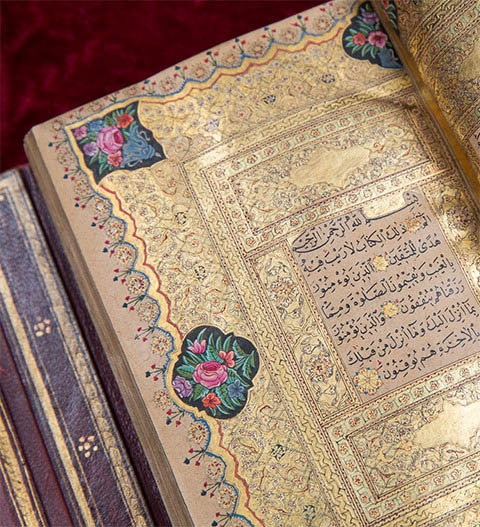
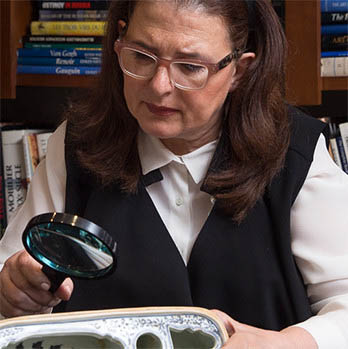

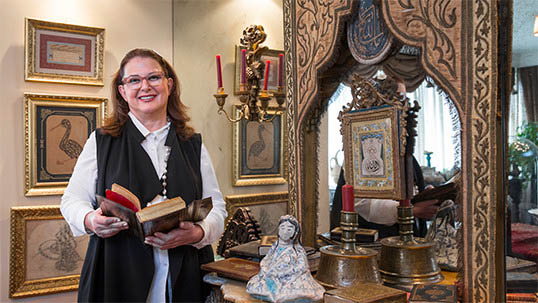
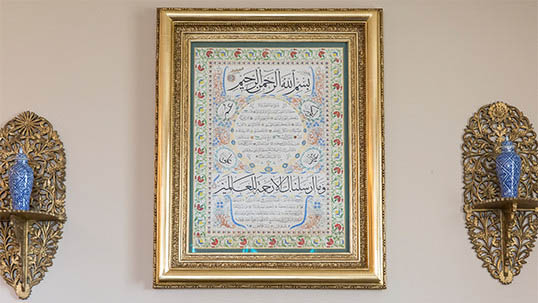
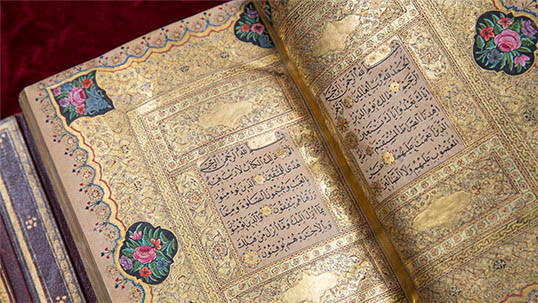
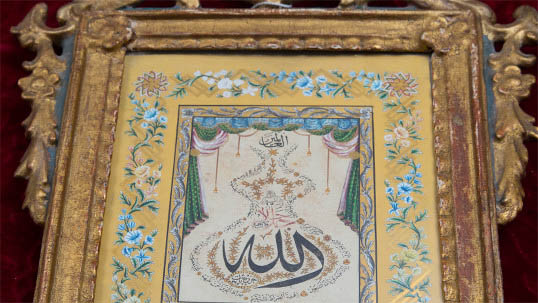
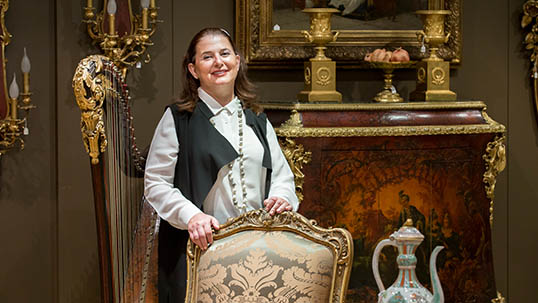
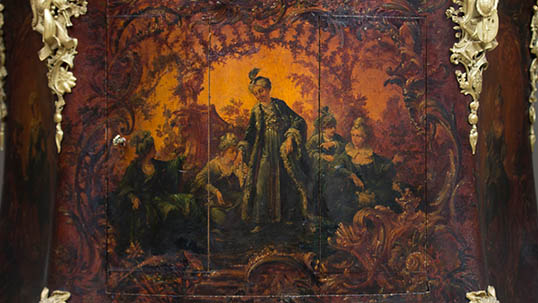
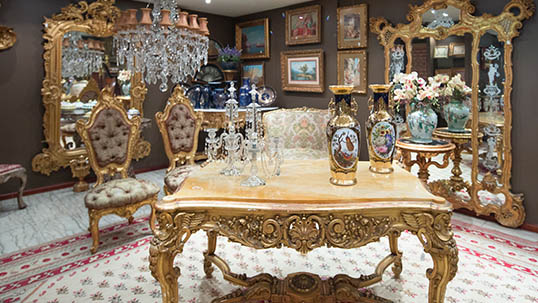
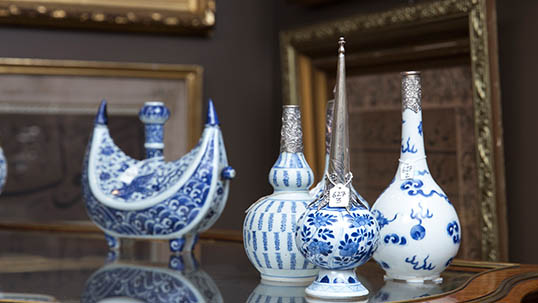
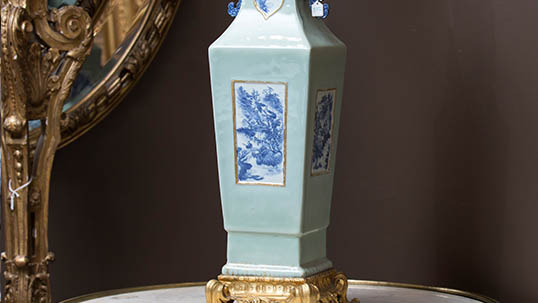
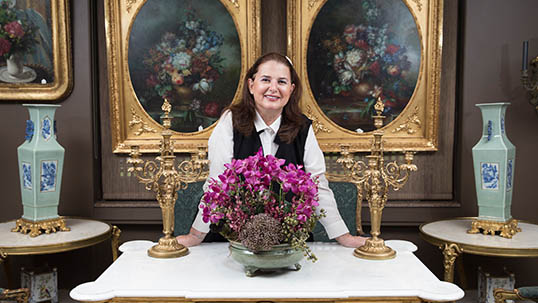
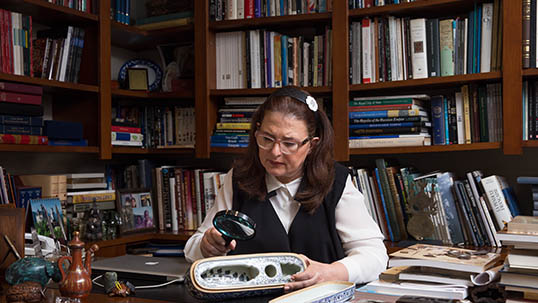
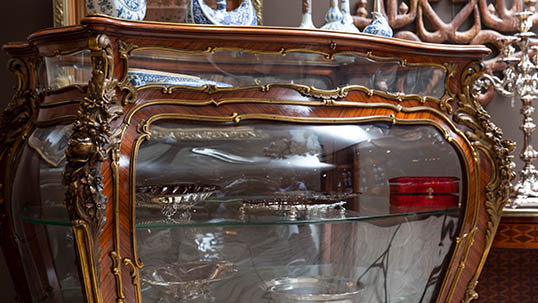
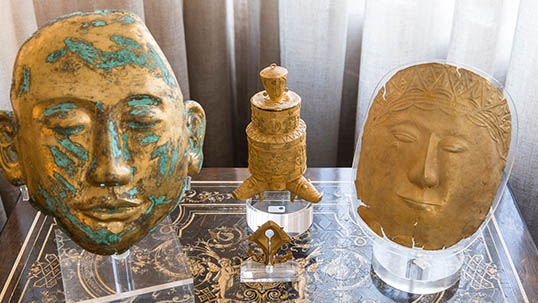
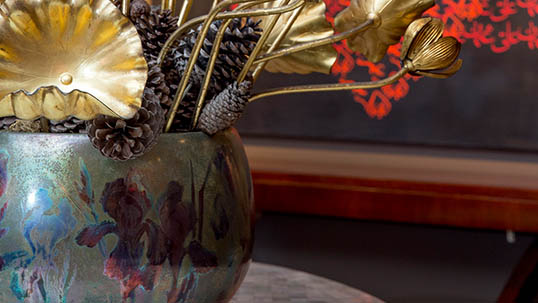
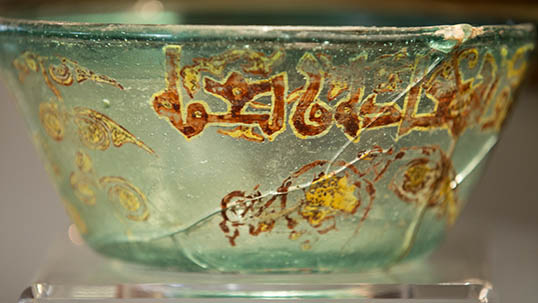
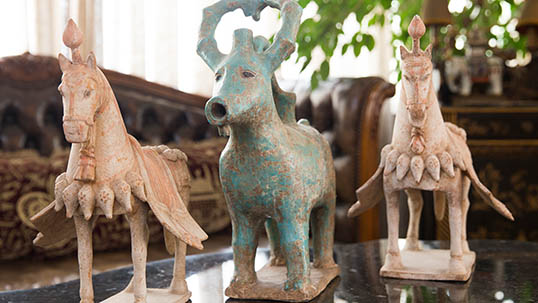
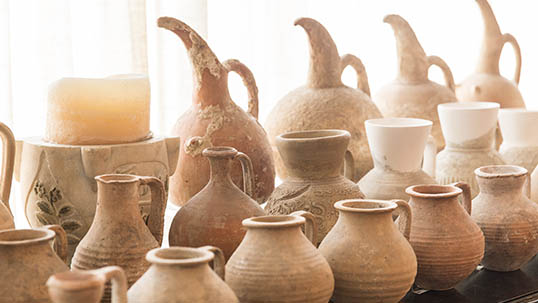
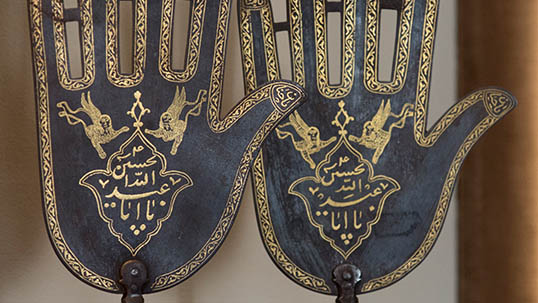



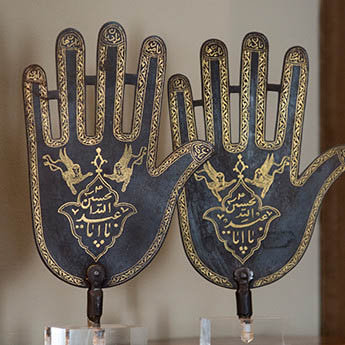
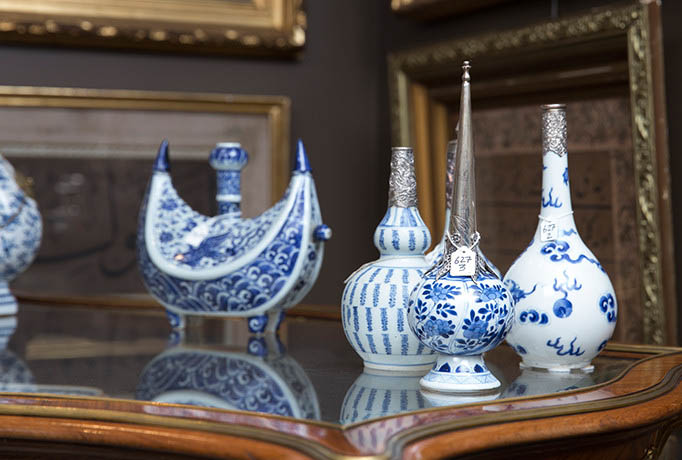
 UP
UP


